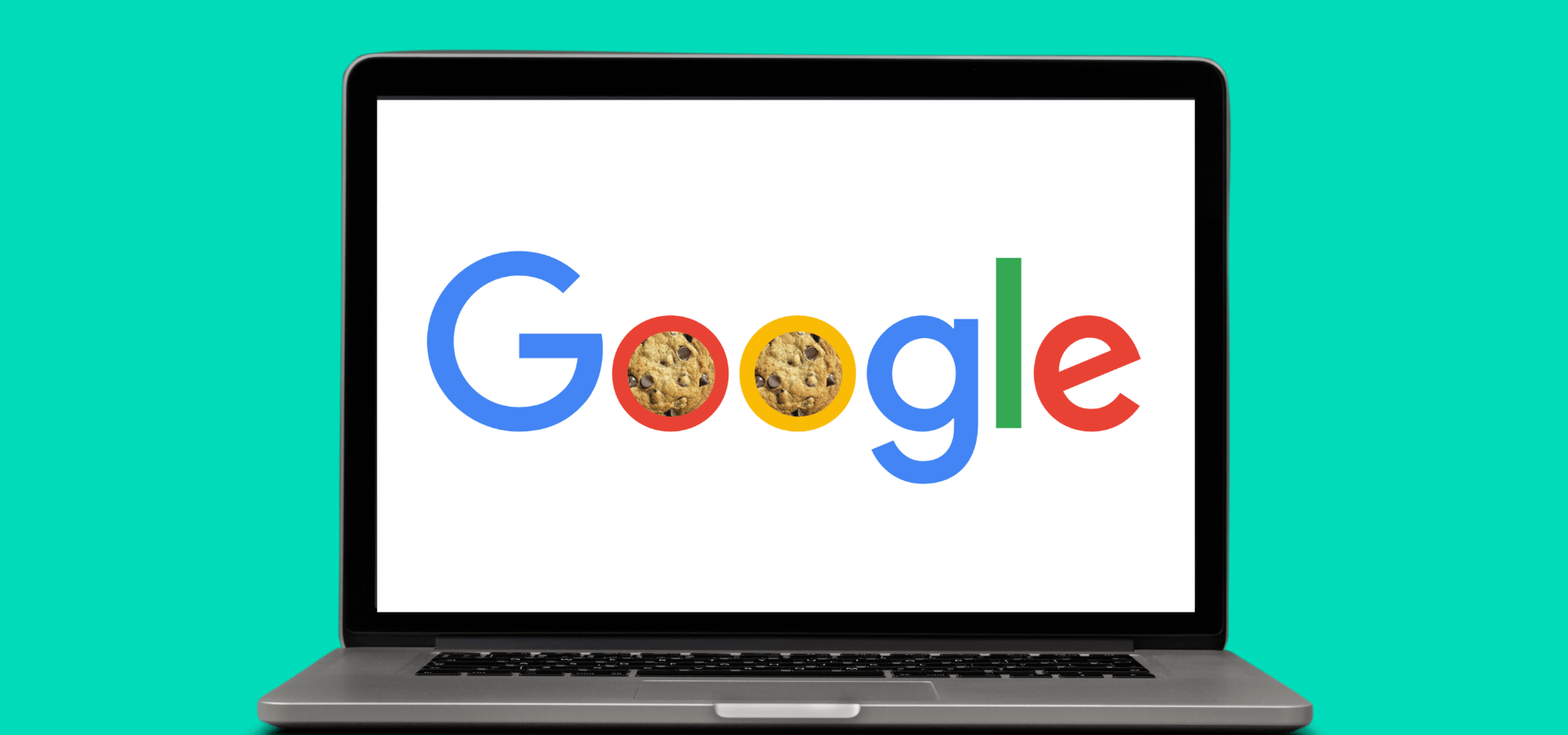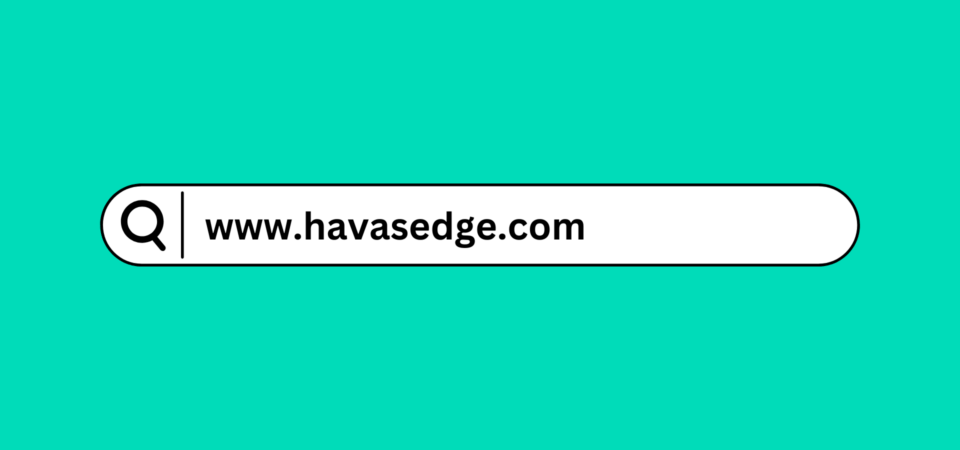Programmatic media buying is completely reshaping how businesses reach their target audience. At its core, programmatic media buying leverages data to automate and optimize the purchase of digital ad inventory across mediums such as connected television (CTV), online video, audio, display, native, and digital-out-of-home (DOOH).
The success seen with programmatic media and advertising just goes to show how important data is for creating successful campaigns.
Understanding Programmatic Media Buying
Before anything else, it’s important to understand what makes programmatic media buying different. Unlike traditional forms of media purchasing, programmatic is an automated process that uses algorithms and real-time bidding (RTB) to buy ad space across digital platforms.
Where conventional media buying involves manual negotiations and pre-purchased inventory, programmatic buying automates and optimizes the process, ensuring efficient and effective ad placements.
The Data-Driven Advantage
Data is the number one asset to programmatic media buying. It enables precision targeting, enhances campaign performance, and provides actionable insights. Here are four key areas where data is used (and vital) for programmatic media buying:
1. Audience Targeting
As mentioned above, one of the most significant advantages of programmatic media buying is the ability to target specific audiences with precision. Data from different sources, including first-party, second-party, and third-party data, is leveraged to create detailed audience profiles. These profiles help media buyers understand user behavior, preferences, and demographics, allowing for targeting tailored to your ideal customer.
Example:
Data from eMarketer shows that targeted programmatic ads have a 47% higher click-through rate (CTR) compared to non-targeted ads.
2. Real-Time Bidding
Real-time bidding (RTB) is typically considered the main differentiator that sets programmatic media buying apart. Essentially, it’s the automated auctioning of ad impressions in real time. Data is important in the RTB process because it informs the entire bidding strategy.
Advertisers can use customer data to determine the value of each impression and make split-second decisions to place bids accordingly at the right price, time, and digital touchpoint.
You can imagine how effective this strategy is at increasing overall ROI.
Example:
A study by Magna Global found that RTB spending increased by 20% year-over-year, highlighting its fast-growing importance in the programmatic space.
3. Personalization
As you’ve probably experienced by now in your own buying process, personalization is extremely important, persuasive, and noticeable when it comes to ads.
To start, advertisers collect different types of information from consumers, such as browsing history, demographic details, and purchasing behavior to help inform campaigns. This data might be gathered through cookies, online forms, social media interactions, or purchase transactions.
They then look for patterns and preferences in this data to help tailor target audience lists—creating the ability for personalized ads that truly resonate with the right viewers.
So in short, advertisers use data to tailor their ad content—matching the exact preferences, behaviors, and interests of their target audience, resulting in higher engagement and conversion rates.
Example:
According to a study by Adlucent, 71% of consumers prefer ads that are tailored to their interests and shopping habits.
4. Performance Optimization
Data is also vital when it comes to optimizing existing ad campaigns. It provides advertisers with Valuable insights, such as market trends, customer preferences, and competitive analysis. It also sheds light on how consumers are (or aren’t) interacting with ads.
Key performance indicators (KPIs) such as click-through rates (CTR), cost-per-action (CPA), conversion rates, and return on ad spend (ROAS) can be monitored and analyzed in real time. Collecting and using this data is not just helpful, but necessary for advertisers to make informed decisions to optimize campaigns for better results.
Example:
According to a report by Adobe, data-driven marketing strategies can increase ROI by up to 20%.
Don’t Forget the Data
Without data, programmatic media buying wouldn’t be nearly as effectively—especially in the crowded, online space. Leveraging data allows us to be much more targeted, precise, and efficient with advertising dollars, target specific audiences, optimize campaign performance, and even personalize more engaging ad experiences.
As programmatic media buying continues to evolve, the importance of data will only grow alongside it. So don’t forget the data!




